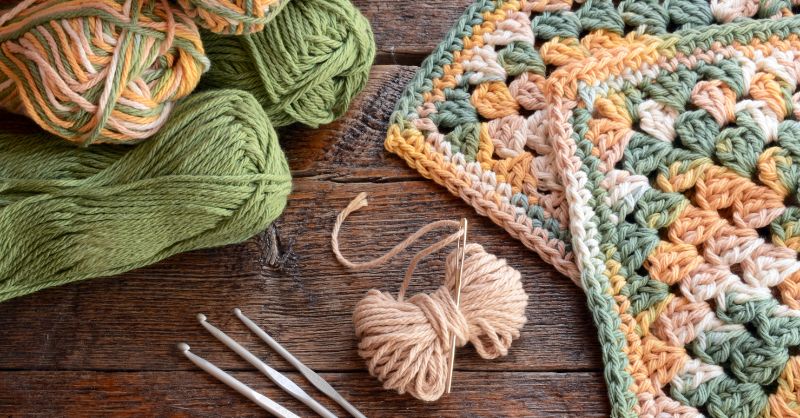The Advantages and Versatility of Blended Yarn: A Boon for Various Industries

Blended yarn, a composition of two or more different fibers, has been revolutionizing the textile industry with its remarkable advantages, characteristics, and wide range of applications. This versatile material offers unique properties that combine the strengths of different fibers, making it a preferred choice for various industries. Let's delve into the world of blended yarn and explore its myriad benefits and applications.
Blended yarn combines different fibers like cotton, polyester, and wool, offering enhanced strength, durability, comfort, and color retention. It's widely used in fashion, activewear, home textiles, and industrial applications. The global yarn market is projected to reach $72.23 billion by 2028.
Blended yarn's composition plays a pivotal role in its exceptional qualities. By combining fibers such as cotton, polyester, wool, acrylic, and others, manufacturers can create yarns with enhanced durability, comfort, and performance. The blending process enables the production of yarns that exhibit the desired characteristics of different fibers, resulting in a balanced and high-quality end product.
One of the key advantages of blended yarn is its enhanced strength and durability. By combining fibers with different properties, the resulting yarn can withstand greater tension and stress, making it more resistant to wear and tear. This characteristic makes blended yarn an excellent choice for creating durable and long-lasting textiles, including garments, home furnishings, and industrial fabrics.
Blended yarn also offers improved comfort and versatility. By incorporating natural fibers like cotton or wool, it retains the breathability and softness of these materials. Read More : GST rate change reviving fortune of small textile units in India Additionally, synthetic fibers such as polyester or acrylic can enhance the yarn's moisture-wicking properties, making it suitable for a variety of climates and applications. This blend of comfort and performance makes blended yarn a favored choice for crafting cozy garments, bedding, and upholstery.
Another notable advantage of blended yarn is its ability to retain color vibrancy and resist fading. Synthetic fibers like polyester are known for their excellent color retention, while natural fibers like cotton provide a soft and absorbent base. By blending these fibers, manufacturers can create yarns that exhibit vibrant colors even after multiple washes, maintaining the aesthetic appeal of the end product.
Blended yarn's versatility extends to its extensive range of applications. It finds widespread use in the fashion industry, where it is employed in creating various types of garments such as shirts, dresses, and knitwear. The durability and comfort of blended yarn make it an ideal choice for activewear and sportswear, allowing athletes to perform at their best. Additionally, blended yarn is used in the production of home textiles, including bedding, curtains, and upholstery, owing to its durability and aesthetic appeal.
The benefits of blended yarn also extend to the industrial sector. Its strength and durability make it suitable for manufacturing technical textiles used in sectors such as automotive, aerospace, and geotextiles. Blended yarn's ability to withstand extreme conditions and its resistance to abrasion and tearing make it an excellent choice for these demanding applications.
Blended yarn offers a wide array of benefits that cater to the diverse needs of various industries. Its unique composition, combining different fibers, grants it enhanced strength, durability, comfort, and color retention. These qualities, along with its versatility, make it a preferred choice for manufacturers across different sectors. Whether it's creating fashionable garments or producing industrial textiles, blended yarn continues to prove its worth as a valuable and indispensable material in the textile industry.
